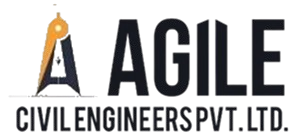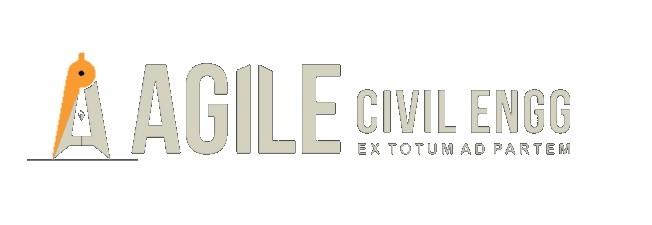Cost Capping in Construction Projects
In today’s competitive construction industry, rigorously controlling costs is as critical as delivering high-quality builds on schedule. Cost capping, a proactive methodology to limit project expenses, relies on a suite of interlinked functions that span from initial budgeting through to final dispute resolution. This blog post explores five core pillars of cost capping: master documents, contracting, contingent controls, concurrent controls, and conflict resolution, and also discusses how Agile Civil Engineers uniquely handle cost capping across five key pillars. By understanding and implementing each of these elements, project teams can safeguard profitability, maintain transparency, and minimize risk.
The Foundation
The first step in cost control is setting the groundwork through master documents. These documents not only guide budgeting but also act as reference points throughout the project lifecycle:
- Bill of Quantities (BoQ): This detailed document itemizes all construction work components along with their quantities, providing a precise baseline for pricing and cost comparison.
- Fair Cost Estimate: An unbiased cost projection, often used to compare incoming bids or verify cost proposals during negotiations.
- Cash Flow Plans: These outline the schedule of expected costs over time, helping ensure that financial resources are available when needed and avoiding delays due to fund shortages.
- Value Engineering: This process evaluates alternative materials, methods, or designs to reduce costs while maintaining or enhancing performance and quality.
Together, these master documents ensure cost clarity from the planning phase to execution.
Strategic Vendor Engagement
Effective contracting plays a pivotal role in cost capping. It involves
- Request for Quotation (RfQ): Inviting suppliers and contractors to submit price quotes for the defined scope.
- Bid Evaluations: Analyzing bids not only based on cost but also on quality, timeline, and vendor capability.
- Negotiations: Ensuring that the final contract aligns with the project’s financial and technical goals.
These steps help in selecting vendors who can deliver value within the cost constraints.
Handling the Unexpected
In any construction project, changes in scope or unforeseen conditions are inevitable. Contingent controls are essential for managing such risks:
- Scope Control: Clearly defined scopes prevent misunderstandings and scope creep that can lead to budget overruns.
- Change Orders: Formal documentation and cost assessment of scope changes ensure that any budget impact is recorded and approved.
- Risk Control: Identifying and planning for risks helps prevent financial shocks and ensures resources are available to handle unexpected issues.
Contingent controls maintain project stability even under changing conditions.
Real-Time Cost Monitoring
Cost capping isn’t a one-time setup—it requires continuous oversight. Concurrent controls keep project finances in check during execution:
- Measurements: Regular site measurements confirm that work progress aligns with payment claims.
- Invoice Certifications: Verifying each invoice against actual work and contractual terms avoids overpayment or disputes.
- Managing Contingencies: Allocated contingency funds are carefully tracked and only used when truly necessary.
These real-time controls help maintain transparency and accountability throughout the project.
Maintaining Financial Harmony
Disputes can derail project timelines and increase costs. A proactive conflict resolution strategy ensures that disagreements don’t become expensive delays.
- Prevention: Clear contracts, documented communication, and aligned expectations reduce misunderstandings.
- Arbitration: When disputes arise, structured arbitration helps resolve them without legal escalation.
- Resolution: Effective mechanisms are in place to solve issues quickly, keeping the project moving and costs under control.
Our goal is to maintain long-term, trust-based relationships with clients, vendors, and contractors—focusing on solutions rather than standstills.
Conclusion
Cost capping is not just about limiting spending, it’s about smart planning, active monitoring, and proactive problem-solving. At Agile Civil Engineers, we combine engineering excellence with project intelligence to deliver projects that are not only on budget but strategically optimized for long-term success. With our unique approach, we’re redefining how civil engineering firms add value one well-managed project at a time.
Post a Comment
You must be logged in to post a comment.


